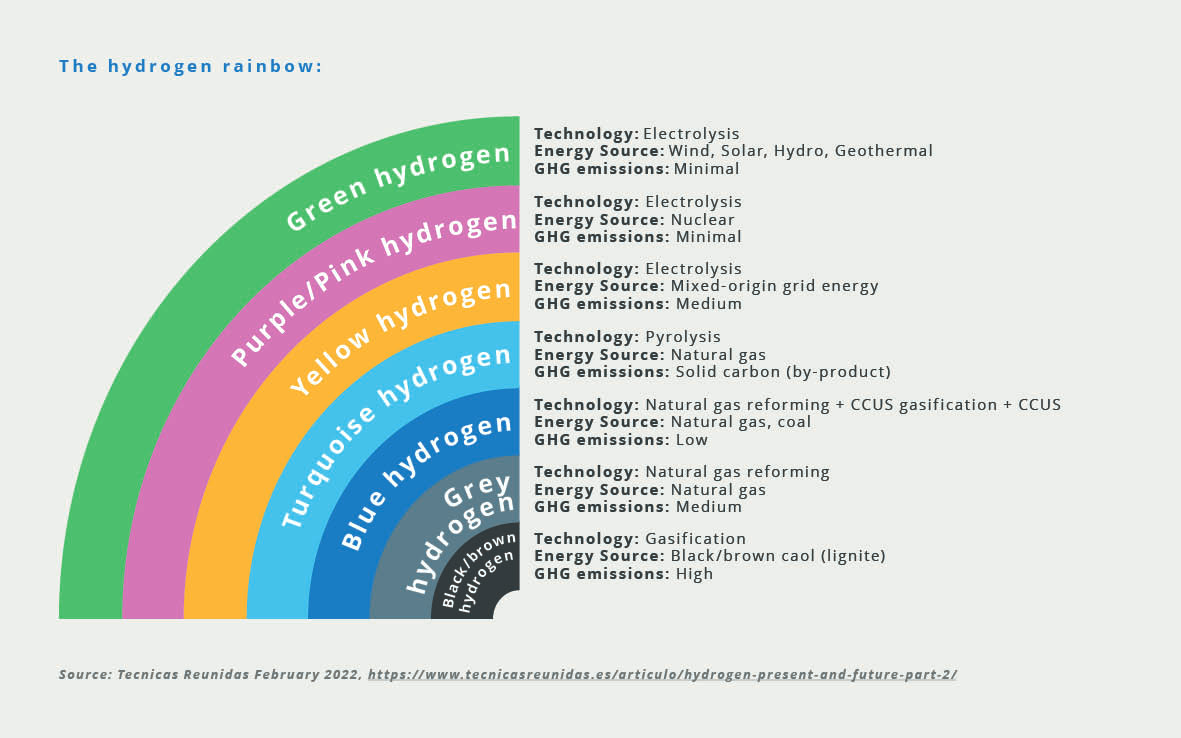After the hype of 2020-2021, is hydrogen still a promising energy for decarbonizing our economies? An overview of the market and its prospects.
The simplest and most abundant chemical element in the universe, hydrogen, discovered in 1766, has long been heralded as a key element in the energy transition. After all the hype and headlines in 2020-2021, where does the market stand today? Do opportunities really exist? And if so, what are they?
Since our previous analysis back in 2020, we have revisited the subject and reassessed the potential of this energy, while doubts have since emerged. The carbon footprint associated with its production (see box), the technical problems associated with its use, insufficient political support and unclear legal frameworks have all raised questions. All these factors have slowed down its progress and the development of tangible applications.
A market for clean hydrogen
Although the International Energy Agency (IEA) suggests that hydrogen could contribute only 6% of greenhouse gas emission reductions[1], its role in hard-to-decarbonize industries such as steel, chemicals - for example, in the production of ammonia, methanol and plastics - and transport (trucks, buses, etc.) remains essential.
In 2021, global hydrogen demand will amount to 94 million tonnes.[2] It could be multiplied by 5 to 7 by 2050 to meet the carbon neutrality targets set by companies and political leaders around the world. Several factors should support this demand, such as growing awareness of the challenges of climate change and technological advances in the production of "green" hydrogen - i.e. produced from renewable energies. Added to this are quotas, tax incentives and public subsidies for "clean" hydrogen. Over the past two years, for example, the value of the latter has quadrupled to more than $300 billion.[3]
To meet this increased demand, production capacity will have to be considerably increased, with the IEA estimating that 21,000 terawatt-hours of electricity will be needed to produce green hydrogen in 2050. As a result, we're investing heavily in renewable energies, carbon capture and storage, and the electrolyzers involved in hydrogen production.
Opportunities
These prospects point to opportunities. The key is to be able to identify them within a complex value chain. While renewable energy producers and carbon capture and storage companies should benefit from high demand, electrolyser capacity remains a challenge at present. The same is true of the infrastructure needed to enable real adoption of fuel cell technology, which is still slow in coming.
Traditional suppliers of industrial gases, including global giants such as Linde and Air Liquide, already play an important role in hydrogen. The weight of the latter will undoubtedly increase further, given the massive investments they are making in processes using renewable sources to replace current polluting methods.
While the progress made and the hopes raised may take longer than expected to materialize, clean hydrogen presents real opportunities in the long term. Despite past disappointments, optimism remains, as the energy transition should help to exploit the potential of hydrogen.

[1] IEA, Cumulative emissions reduction by mitigation measure in the Net Zero Scenario, 2021-2050, IEA, Paris https://www.iea.org/data-and-statistics/charts/cumulative-emissions-reduction-by-mitigation-measure-in-the-net-zero-scenario-2021-2050, IEA. Last updated 22 October 2021. Licence: CC BY 4.0
[2] IEA Global Hydrogen Review, published September 2022, https://www.iea.org/reports/global-hydrogen-review-2022
[3] BNEF Global Hydrogen Strategy Tracker | BloombergNEF, Oct 18 2023
